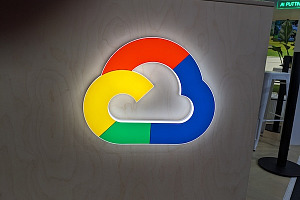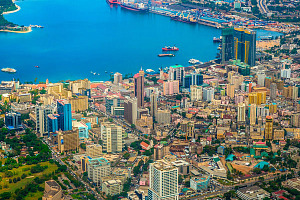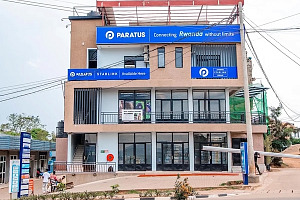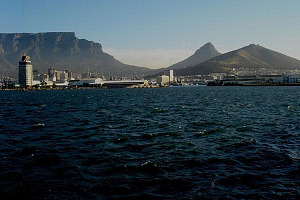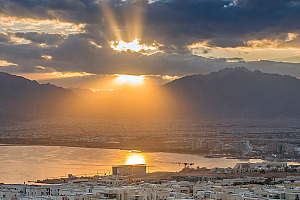The Bangladesh Telecommunication Regulatory Commission (BTRC) has reportedly limited bandwidth imports from India to 50% of Bangladesh’s total international capacity, and plans to lower that percentage even further in favour of subsea cables and satellite.
According to the newspaper Daily Star, Bangladesh currently has 6.5 Tbps of international capacity. International internet gateway (IIG) operators supply about 60% of that by importing terrestrial bandwidth from India. The remainder is supplied by Bangladesh Submarine Cable PLC (BSCPLC).
Under an amendment to its IIG guidelines, the BTRC intends to eventually cap imported bandwidth from India to 30% of total capacity and increase BSCPLC’s share to 60%. IIGs will be also be allowed to supply up to 10% of total international capacity via satellite connectivity, albeit as a backup option, the report said.
The BTRC said the move was aimed at adding more diversity to the country’s international bandwidth sources.
Ironically, it was terrestrial bandwidth from India that helped Bangladesh stay online when the SEA-ME-WE 5 subsea cable was damaged in April last year. Bangladesh lost close to 1.7 Tbps of international capacity a result, which slowed down internet connectivity speeds across the country.
However, Bangladesh still had 2.7 Tbps of bandwidth from India to fall back on, as well as BSCPLC’s only other subsea link, SEA-ME-WE 4, which supplied 800 Gbps of capacity.
BSCPLC will add more capacity to Bangladesh with the SEA-ME-WE-6 cable, which is slated to be ready for service in the first quarter of 2026.
Meanwhile, a private consortium, Bangladesh Private Cable System (BPCS), announced in September 2024 it would start work on a new privately-owned subsea cable linking Bangladesh to the Campana-owned UMO subsea cable, which runs from Myanmar to Singapore. The new branch is planned to give Bangladesh another 45 Tbps of international capacity.






